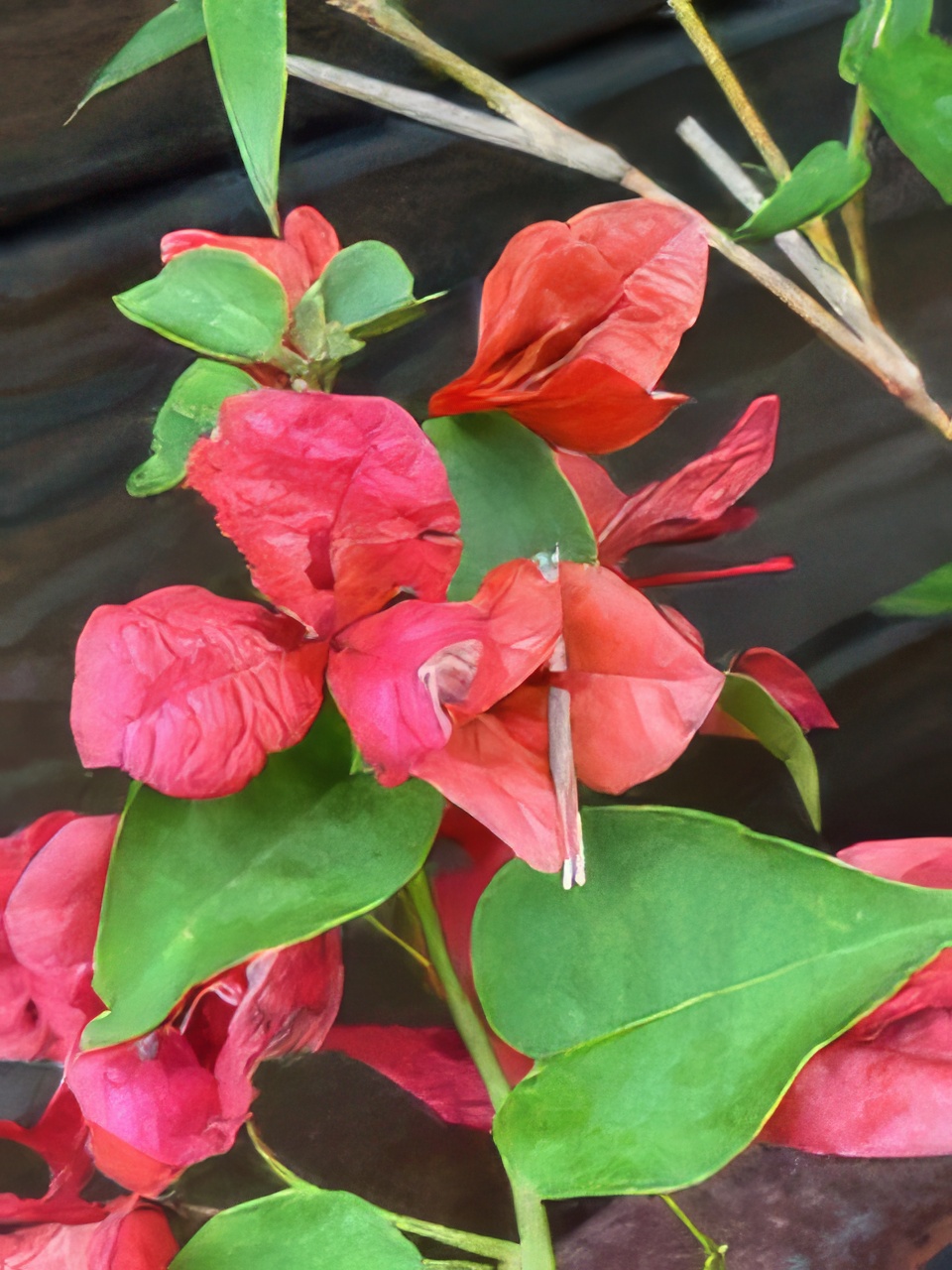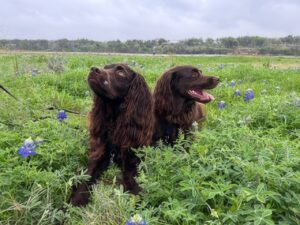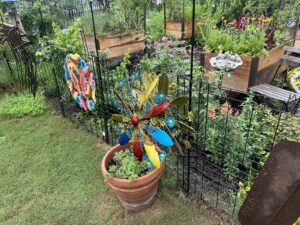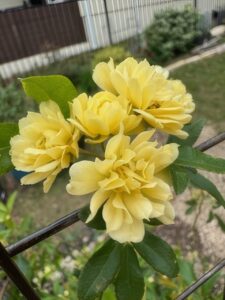We have become entranced with Bougainvillea recently. To date we are proud plant owners of three new Bougainvillea specimens. Two of the three are hanging baskets and one is a typical container plant. They are lovely swaying in the breeze with their colorful bracts bursting along the length of their new stems that are growing. Now that the days are growing hotter for the Northern Hemisphere’s summer it is time for the Bougainvillea to shine.
First Documented Reference
In the 1760’s a French expedition sailed and explored around the world. This expedition reached Brazil and that is where French naturalist, Dr. Philibert Commerson first documented this flamboyant shrub or vine. He named this plant after the Admiral of the voyage, Louis-Antoine de Bougainville. After the plant was “found” it began to travel around the world itself to become commonly found in many warm climates.
Caring for Your Bougainvilleas
The Bougainvillea is a member of the Nyctaginaceae family. This family includes the commonly grown 4 O’Clock flower. Having been noticed in Brazil, we understand it needs a tropical environment to be perennial. In our 9A zone and above it may be wise to choose a container so that protecting the plant from cold weather will be easier. In fact the Bougainvillea is really happiest at temperatures 55 degrees Fahrenheit and above.
So let’s begin with the container choice. Whatever size pot your plant is in when brought home there is a good argument for increasing container size slowly. These plants will perform well for you if their roots are a tiny bit crowded in the pot. Many sources recommend terracotta for the breathability and draining qualities of these pots. For two of our Bougainvilleas we selected plastic pots in order to continue using them as hanging baskets. One recommendation I liked for a large, showy, mixed flower container is to place the Bougainvillea its current pot into the soil intact. This is excellent for bringing your plant into winter protection without disrupting its roots.
Fill your container with very well draining potting mix which includes lots of rich compost. They are plants that like several applications of a good organic plant food that is designed for Bougainvilleas. These fertilizers have a higher Nitrogen, lower Phosphorus, and higher Potassium numbers. Read your directions and apply according to the size of your container about once a month during the growing season.
These plants revel in the sunshine. What? It’s hot out? Bring it on!!! We have a hot and sometimes arid, sometimes humid climate which seems to suit them very well during our summers. Make sure they have 8 hours and more each day for a great show.
Watering is quite an important step to get right for the Bougainvillea. It is a plant that likes to dry down pretty well between waterings but not dry out. When we use peat based potting mixes they can repel water and cause the middle of the container not to get any if we allow the mix to dry too much. So when you feel the Bougainvillea is drying, but not dry, then soak the soil more that twice while waiting for the water to drain out ensuring a complete soaking. If we were to have this plant growing in ground it would be quite adaptable to drought conditions but our containers need more monitoring. Here I think as we hit 95 and above routinely the optimum will be an every other day schedule of watering.
Now how do we encourage the Bougainvillea to keep on putting on a good show? Well, first sunshine, second routine feeding, and then trimming or pruning. I learned that they produce color over a period of 4-6 weeks and then with pruning they may take a break for 4-6 weeks. As their color fades, cut the plant back to encourage new growth which is where the next show of color is promoted.
When the temperatures take a nose dive in winter we must decide whether the Bougainvillea will be grown as an annual in our area or we may protect it by bringing inside. Let your plant loose it’s leaves and don’t provide water or food until the new growing season begins. I think a good trim is in order as well.
I hope you will be enthralled by the Bougainvillea. I know the Hummingbirds are great fans of this beautiful plant.
Jeff’s Ratatouille Recipe
Ingredients:
- 4 oz – Zucchini – medium dice
- 4 oz – Eggplant – medium-large size
- 4 oz – Yellow Onion – medium dice
- 2 Bell Pepper – medium dice
- 1 Garlic Clove Minced
- 8 oz Fresh Tomato – or – whole canned tomatoes small diced
- 2 tbsp fresh parsley
- 1 bay leave
- 1 tsp fresh thyme
Directions
- Preheat Oven to 325F
- Add Olive Oil to a large oven-safe saucepan over medium heat
- Sauté Zucchini until half-cooked and then remove from pan
- Sauté Eggplant until half-cooked and then remove from pan
- Sauté onions and peppers until half-cooked and then add garlic and cook for about 1-2 more minutes.
- Add back the Zuchini and Eggplant, add tomatoes, parsley , bay leaves and thyme and stir to combine.
- Cover the saucepan and put in oven for about 30 minutes
- Remove from oven, add any additional seasoning and enjoy!
Thank You and Happy Gardening!
Mary
References
- Online: Westdale Nurseries, the home of Bougainvilleas; History of Bougainvillea
- Online: Ocean Expo Park: Bougainvillea
- Online: Central Texas Gardiner: Bougainvillea
- Texas Gardener Magazine Blog: Hungry For Color: How to Make a Bougainvillea Bloom. By Lillian E. Illig
- Backbone Valley Nursery Blog: Bougainvilleas in Central Texas by Mary Kay Pope: March 14, 2018




